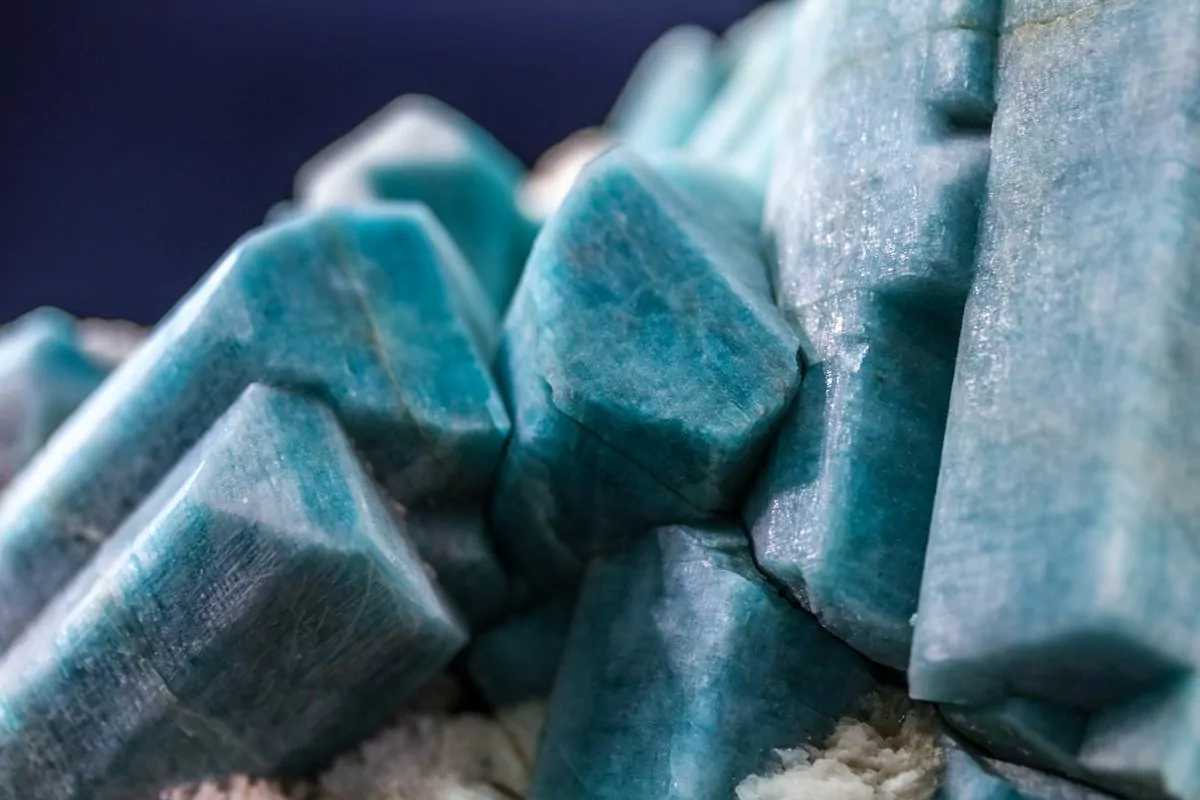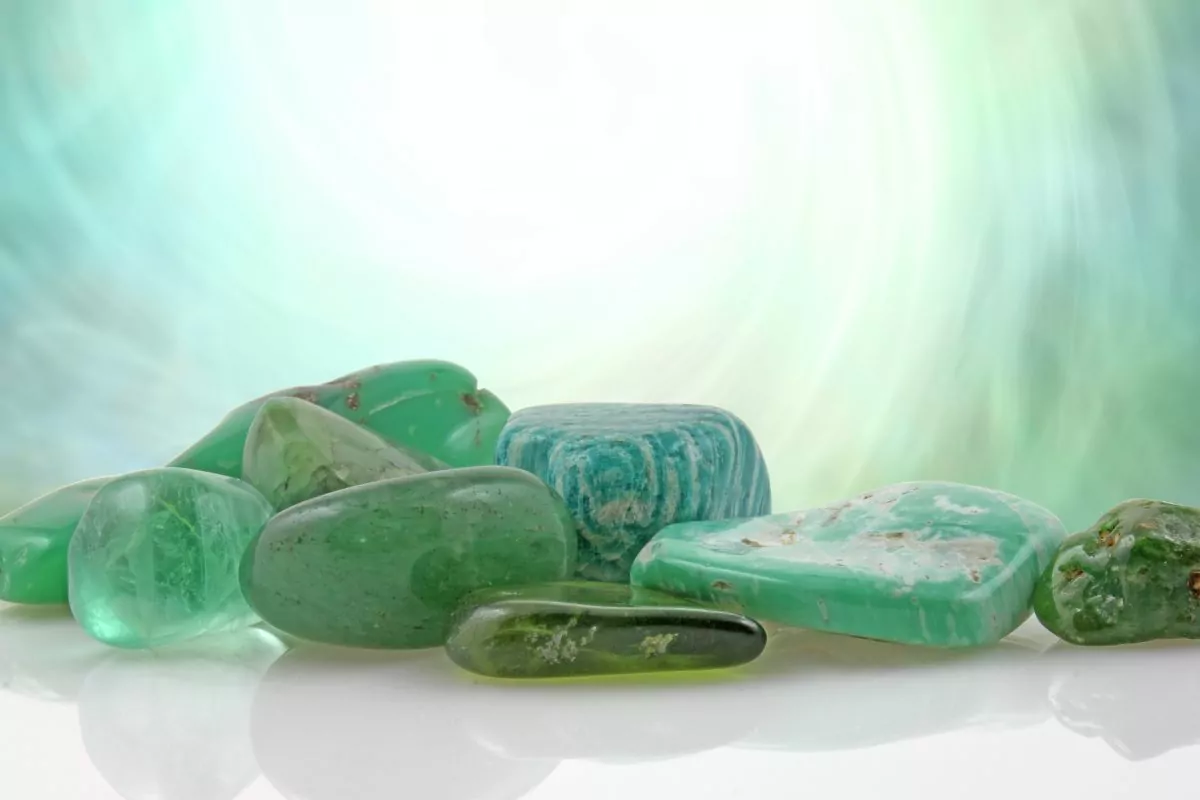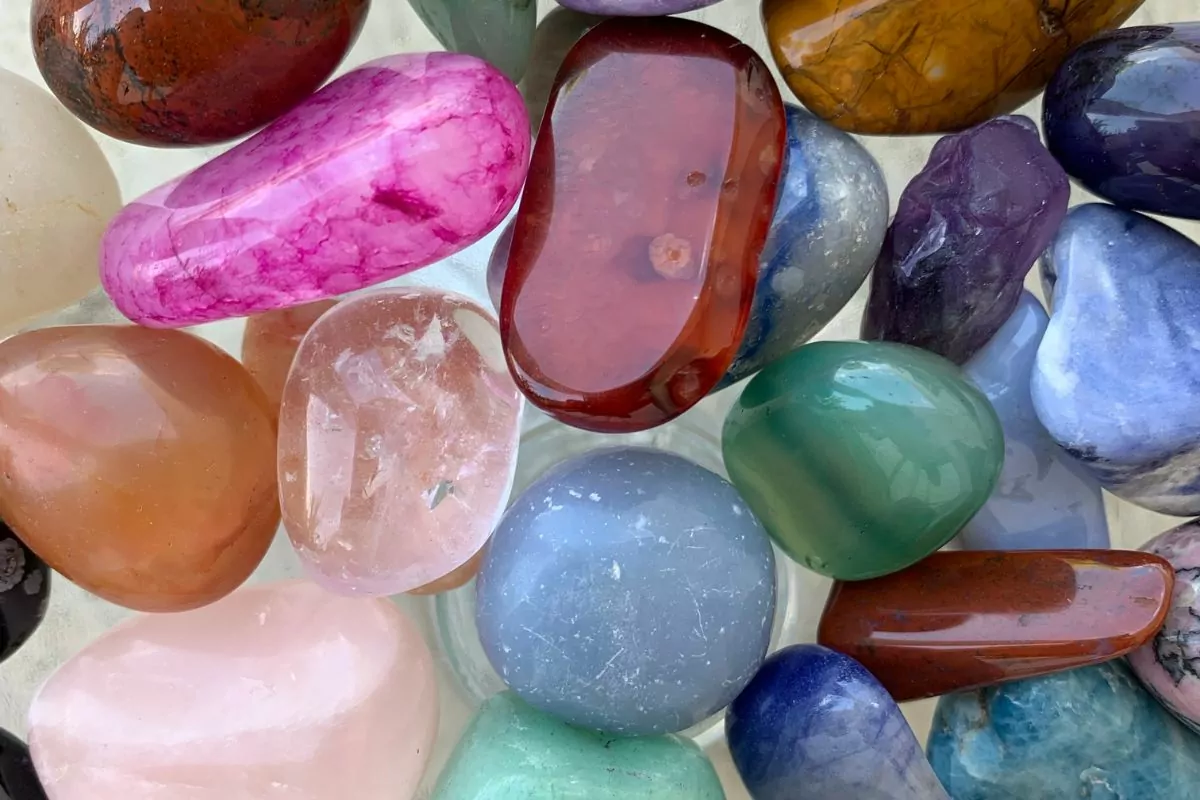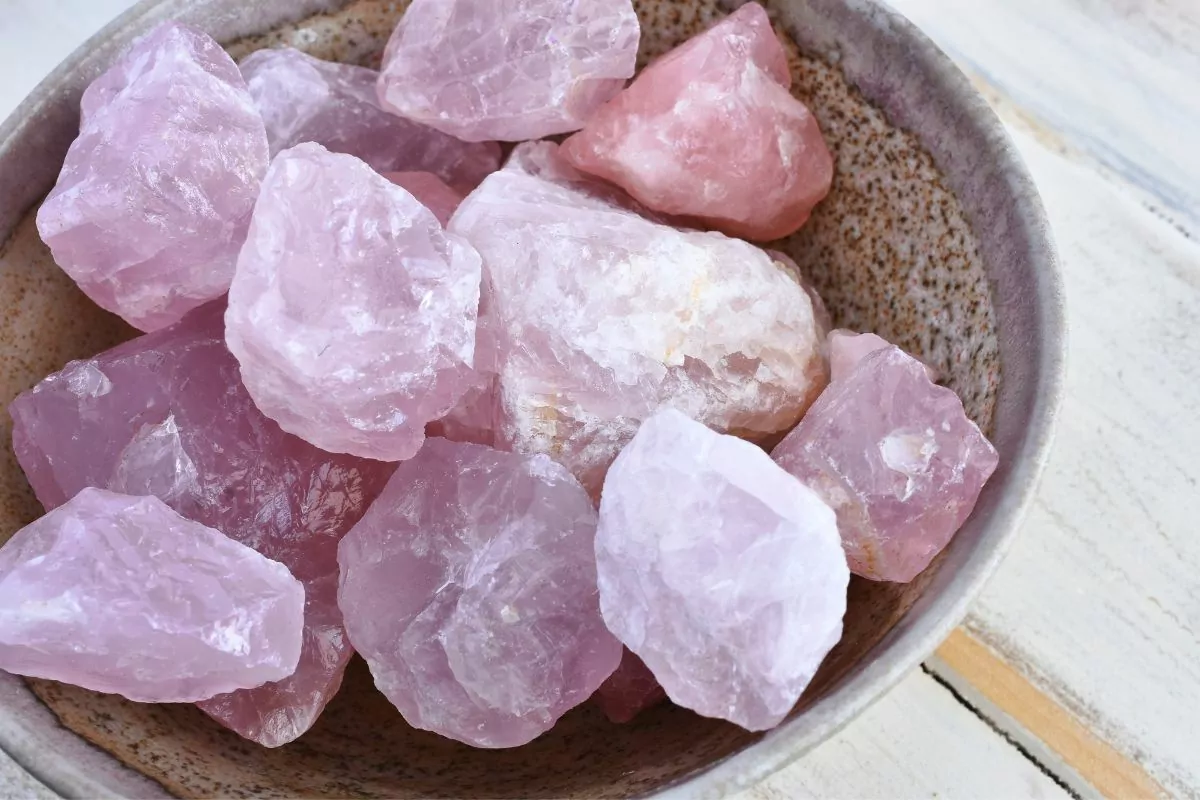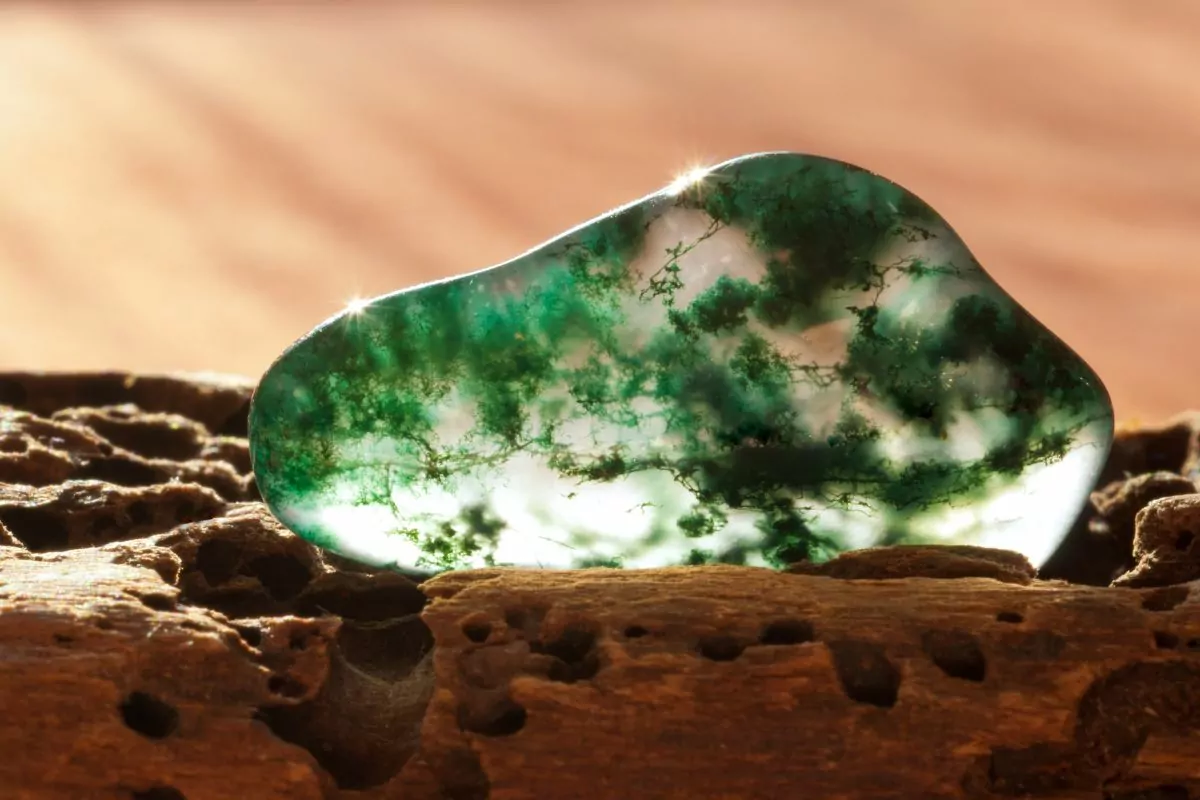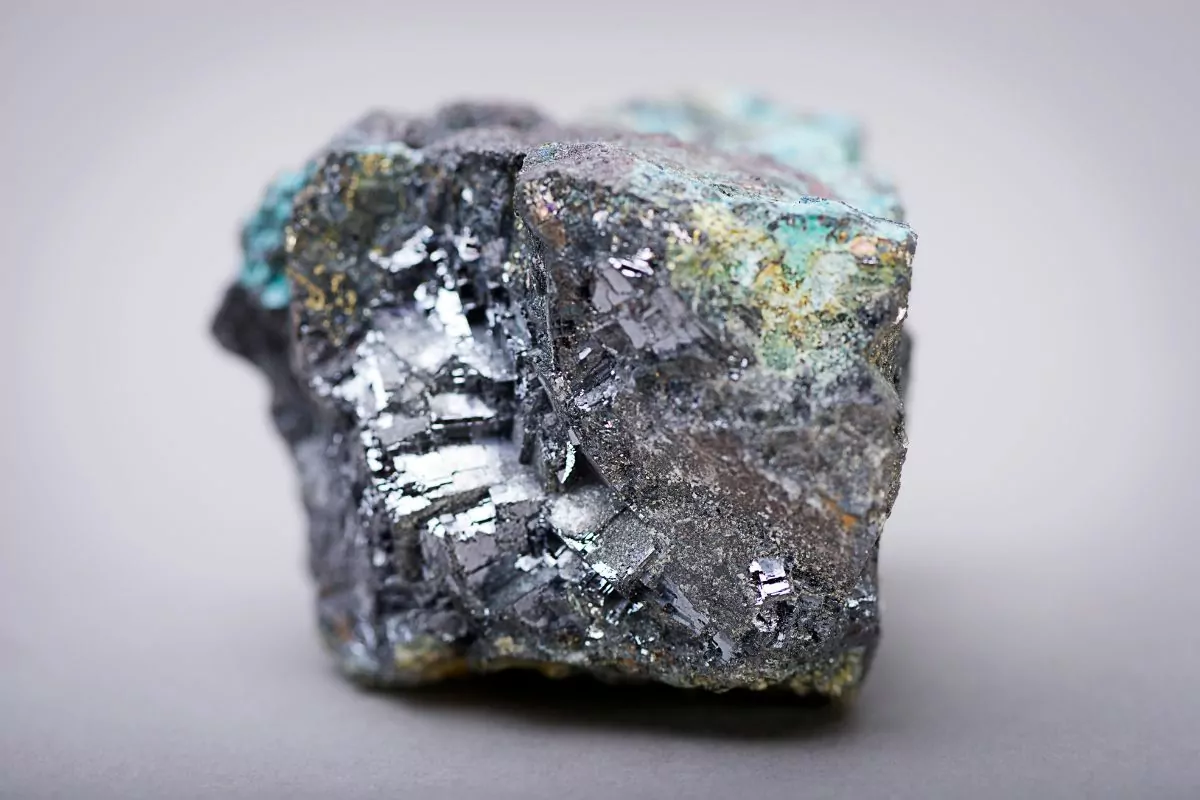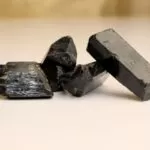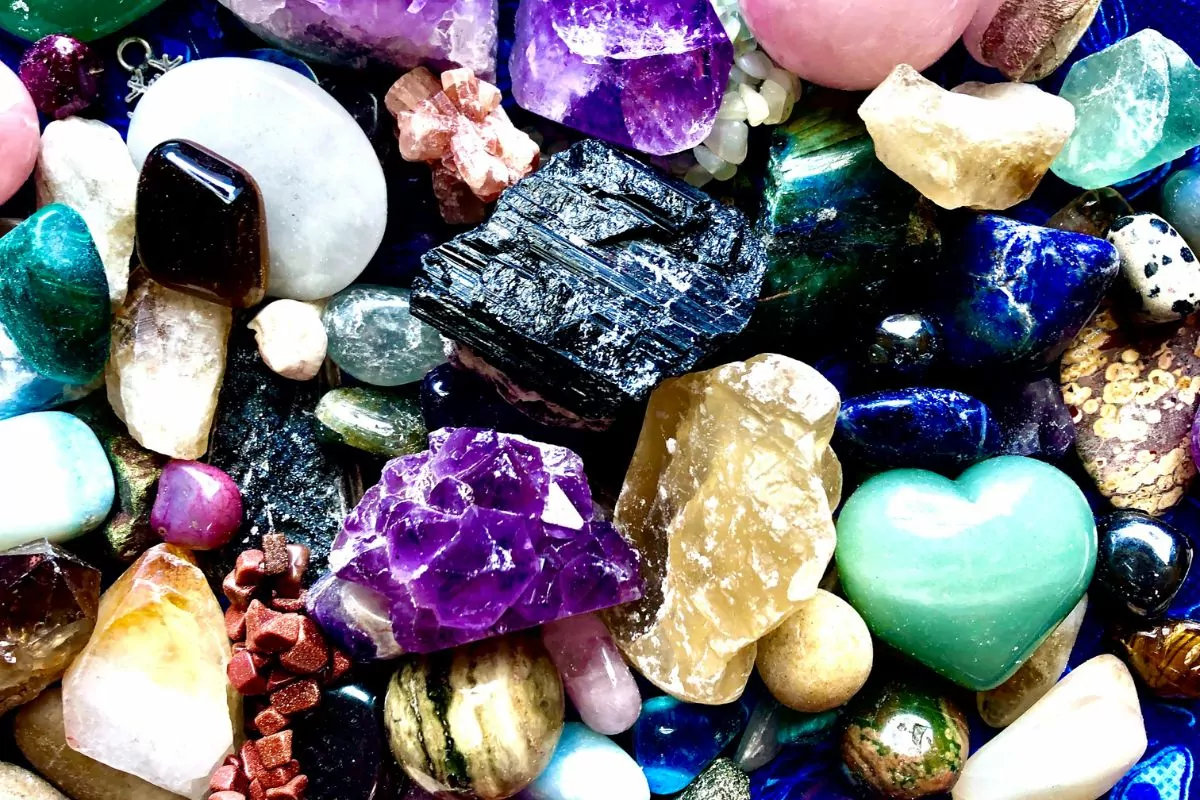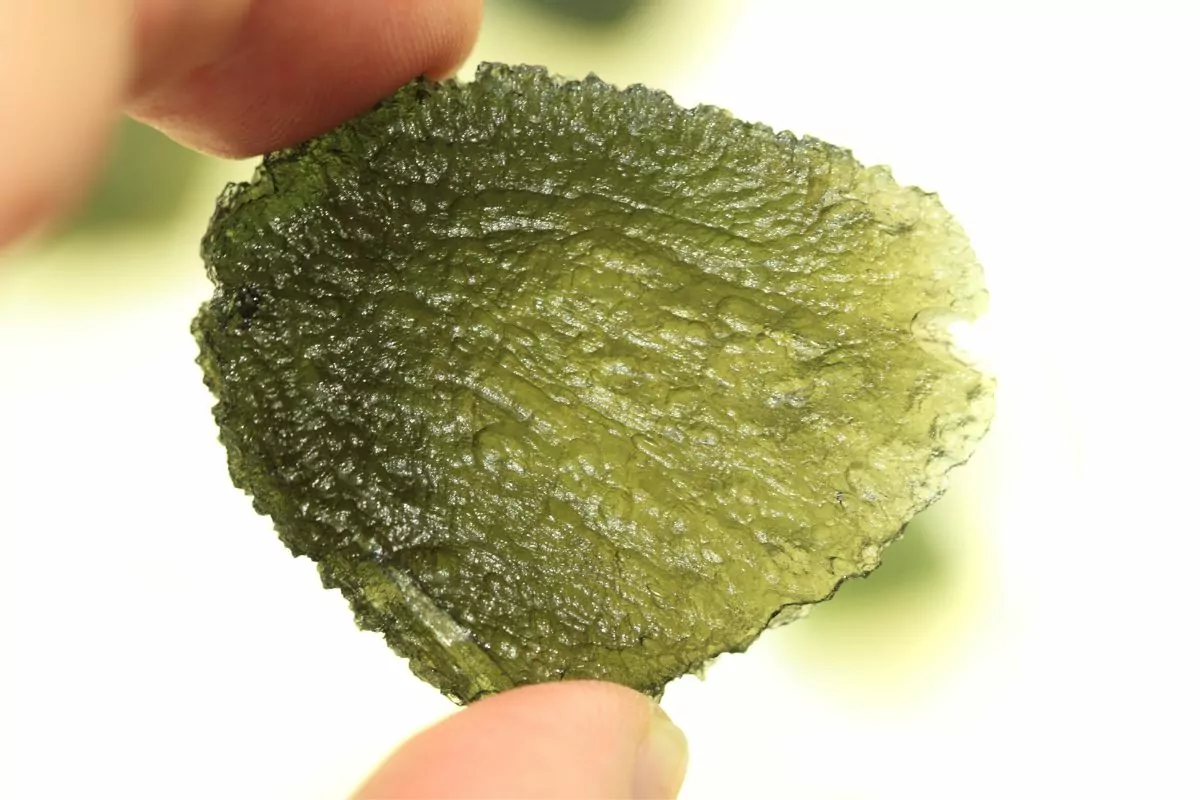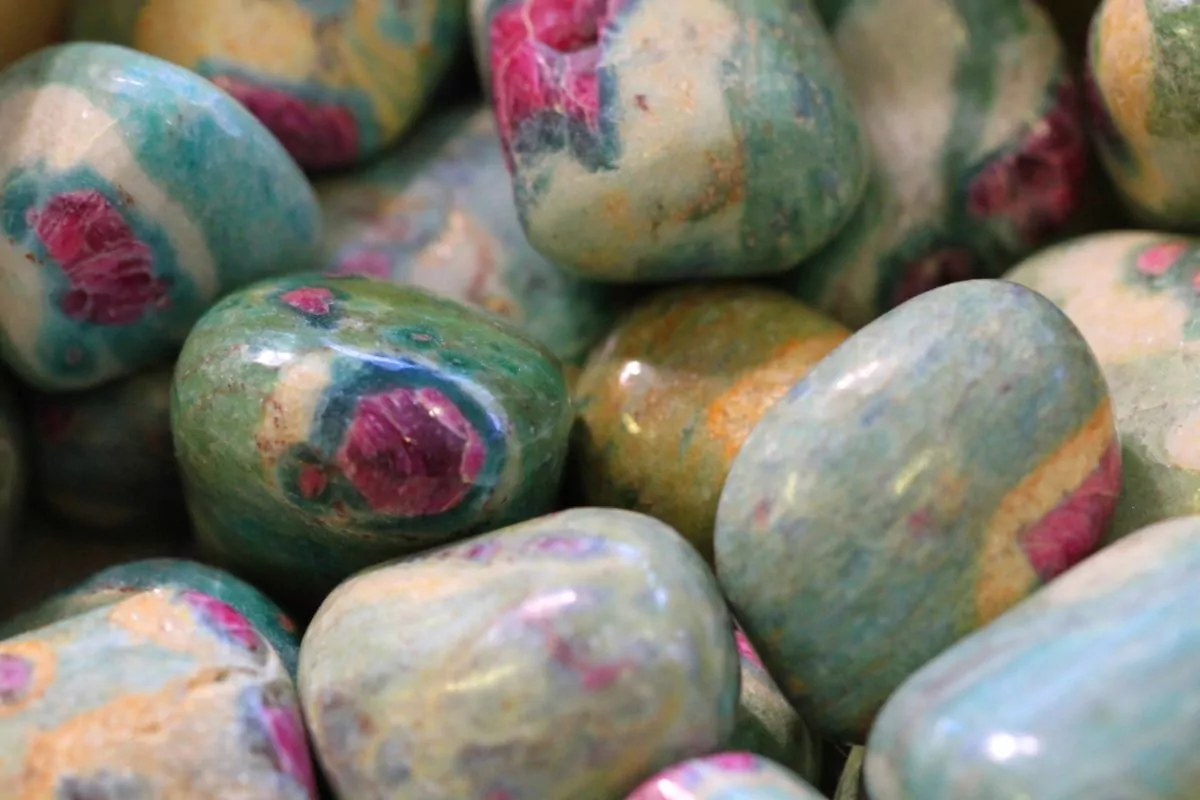Popular stones that can be utilized for jewelry, home decor, or spiritual purposes include rose quartz crystals.
The most popular variety of quartz crystal is the rose quartz. This is due to its beauty and widespread association with love and passion. People frequently purchase them as gifts.
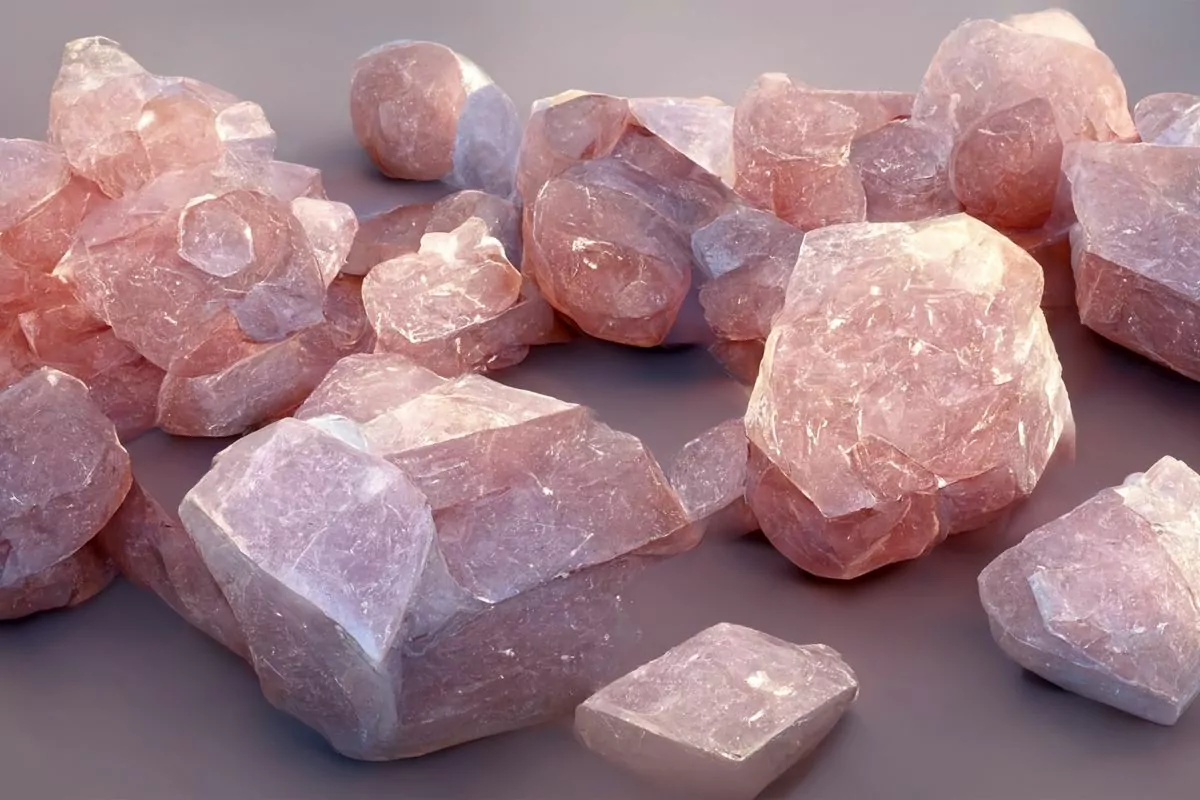
Ordering crystals online can be difficult because there are undoubtedly fakes available.
The good news is that Rose Quartz is a crystal that is more widely available, and fakes are less frequent than some individuals would have you believe. Yet it does still happen
In this article, we will explore the ways in which you can tell if your rose quartz is real (see also ‘How to Tell if Opal is Real‘).
Testing The Color
Checking the stone’s color is the first step in the authenticity test. A delicate pinkish shade of rose quartz is ideal.
It shouldn’t be too bright or dark, either. Your rose quartz should have a uniform color throughout, with occasionally a couple of white streaks or swirls as well.
Darker pink Rose Quartz is more likely to be dyed and therefore fake.
Rose Quartz crystals that have been dyed lack the energy and vibration that a genuine natural stone would have.
Does It Have Air Bubbles?
Checking for air bubbles beneath the surface of your Rose Quartz crystal (see also ‘Crystals To Combine With Rose Quartz‘) is another approach to determine whether it is genuine.
It is probably a true crystal if there aren’t any air bubbles.
Since imitation Rose Quartz crystals are frequently composed of glass, it is extremely likely that you will be able to detect air bubbles beneath the surface.
Are There Any Fractures Or Chips?
Crystals made from natural quartz which have been extracted and cut frequently exhibit chips and fractures. These frequently come about as a result of mining and cutting operations.
Your Rose Quartz crystal is probably a true crystal if it has chips and fractures. However, a Rose Quartz crystal is probably a fake if it is flawless and appears to be nearly “too wonderful to be true.”
You should be able to spot some lines or cracks beneath the polished surface of your Rose Quartz crystal. Real raw Rose Quartz crystals have varied shapes, whereas imitations could be more symmetrical.
Check The Weight

To determine whether your Rose Quartz crystal is authentic or not, you can also weigh it.
In contrast to false Rose Quartz crystals, which may be lighter and more transparent. Real Rose Quartz crystals are weighty, thick stones that feel solid in your hands.
Rose Quartz crystal scores a strong seven on the Mohs scale of hardness. The harder the mineral is, the greater the number on this scale.
The Mohs Scale of Hardness values glass at only a five, therefore if the rose quartz crystal appears heavier and harder than glass, it is probably real.
Try The Scratch Test
Grab a piece of glass, then attempt to scratch it using your Rose Quartz crystal to do this test. Your Rose Quartz crystal is probably real if the glass is damaged and the crystal leaves a mark on the glass.
This is a quick and easy technique to tell if a rose quartz crystal is genuine or phony. Since genuine rose quartz crystal is harder than glass.
If your Rose Quartz is made of glass, the glass won’t be scratched. If this is the case, you are dealing with a fake crystal.
Check The Temperature
Holding a Rose Quartz crystal up to your cheek is a fantastic way to check whether it is real or fake. Your rose quartz crystal is probably a fake if it feels a little warm to the touch.
Natural stones frequently have a temperature that is lower than room temperature, so if your stone feels cool to the touch, it is probably real.
Therefore, the time-saving temperature test could be useful if you need to determine whether your crystal is real or false quickly.
Where Does Your Rose Quartz Come From?
Researching the origin point is another approach to ensure that your rose quartz is genuine (see also ‘The Complete Guide To Rose Quartz – Its Meaning, Healing Properties, And Uses‘).
Genuine rose quartz crystals are produced, among several other places, in Brazil, Madagascar, India, Germany, and the USA. While the majority of imitations come from China.
You can employ the following techniques to determine your crystal’s authenticity and place of origin:
- Seek for a certificate or sticker stating the crystal’s place of origin.
- Check online to check if the dealer who sold the crystal is credible.
- Inquire about the source of your supplier’s gemstones. You could even look online for any review or product details.
It’s advisable to trust your instinct if you’ve checked all of the above.
If you still happen to be unsure on the origins of your crystal, then you should go with your gut feeling.
If you think it is fake, then there is a good chance that it might be.
Final Thoughts
The characteristics of a genuine rose quartz crystal include a light pinkish hue, the absence of air bubbles, weight and solidity.
This is in addition to the ability to leave a scratch mark on glass, chips and fractures, and origin from a nation where rose quartz is found, such as Brazil or the USA.
These are all the ways to test and discover if your Rose Quartz crystal is real or fake. It is quite simple, if yours doesn’t fit all of these criteria, then there is a high possibility that your crystal is fake.
As Rose Quartz has become such a common crystal, you are less likely to come across fake crystals, but it is always possible.
We hope you have found this article useful. Hopefully, now you are able to tell a real Rose Quartz crystal from a fake one (see also ‘How to Tell if Carnelian is Fake‘).
- 15 Crystals That Cannot Be Exposed To The Sun - January 7, 2024
- Malachite Vs Fuchsite – Benefits And Uses - January 7, 2024
- Malachite Vs. Green Jasper: Benefits And Uses - January 7, 2024

